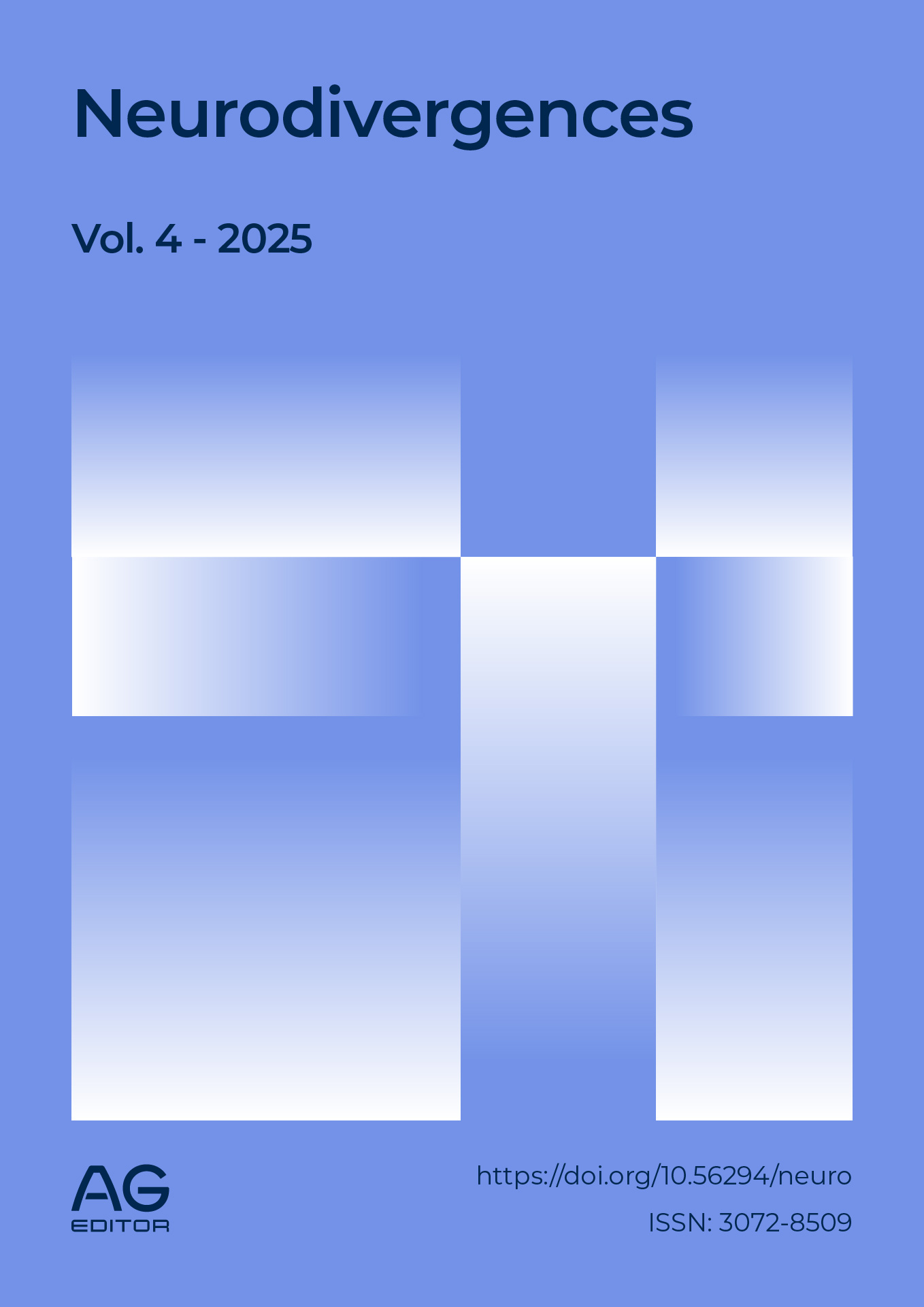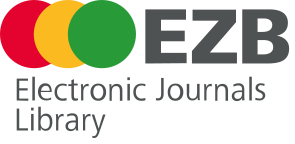Augmented Reality Interventions in Speech Therapy for Autism Spectrum Disorder
DOI:
https://doi.org/10.56294/neuro2025203Keywords:
Autism spectrum disorder, Augmented reality, Speech therapy, Technological interventions, Social communicationAbstract
Introduction: Autism spectrum disorder (ASD) is a neurodevelopmental condition marked by social communication deficits and repetitive behaviors. Speech therapy is a key intervention, and technologies like augmented reality (AR) have emerged as promising tools.
Objective: To describe the use of augmented reality and related technologies in speech therapy interventions for individuals with ASD.
Methods: A bibliographic review of recent studies was conducted, focusing on AR-based therapeutic and educational applications for ASD, emphasizing clinical relevance and functional outcomes.
Results: AR enables interactive and personalized environments that enhance attention, motivation, and understanding of social and communicative skills. Its use in speech therapy has shown benefits in vocabulary acquisition, emotion recognition, and adaptive behavior.
Conclusions: AR technologies offer significant advantages over traditional interventions by adapting to the heterogeneous needs of individuals with ASD. Their integration into speech therapy can enhance communicative and social development, contributing to more effective and accessible interventions.
References
1. Maksimović S, Marisavljević M, Stanojević N, Ćirović M, Punišić S, Adamović T, et al. Importance of Early Intervention in Reducing Autistic Symptoms and Speech–Language Deficits in Children with Autism Spectrum Disorder. Children 2023;10. https://doi.org/10.3390/children10010122.
2. Wang T, Ma H, Ge H, Sun Y, Kwok TT-O, Liu X, et al. The use of gamified interventions to enhance social interaction and communication among people with autism spectrum disorder: A systematic review and meta-analysis. International Journal of Nursing Studies 2025;165:105037. https://doi.org/10.1016/j.ijnurstu.2025.105037.
3. Ganggayah MD, Zhao D, Liew EJY, Mohd Nor NA, Paramasivam T, Lee YY, et al. Accelerating autism spectrum disorder care: A rapid review of data science applications in diagnosis and intervention. Asian Journal of Psychiatry 2025;108:104498. https://doi.org/10.1016/j.ajp.2025.104498.
4. Denizli-Gulboy H, Genc-Tosun D, Gulboy E. Evaluating augmented reality as evidence-based practice for individuals with autism spectrum disorder: a meta-analysis of single-case design studies. Int J Dev Disabil 2023;69:472–86. https://doi.org/10.1080/20473869.2021.1972741.
5. Venita Y, Arnyta D. Impact of Speech Therapy on Communication Skills and Social Interaction in Children with Autism Spectrum Disorder. International Journal of Nursing and Midwifery Research 2024;2:96–103.
6. Rahman T, Hasan MZ. Autism spectrum disorder (ASD) – An analysis of the ASD interventions utilized in Bangladesh. Research in Developmental Disabilities 2025;160:104971. https://doi.org/10.1016/j.ridd.2025.104971.
7. Moya-Pérez Mg M, Hernández-Flórez PhD N, Posada PhD EL. Neurodiversity and Inclusive Education: A Therapeutic and Pedagogical Approach from Music Therapy in Early Childhood Education from a Systematic Review. Salud, Ciencia y Tecnología 2024;4:.914. https://doi.org/10.56294/saludcyt2024.1371.
8. Srivastava N, Patel K, Parida S, Saraswat V, Rampal S, Thorat VM. Experimental research on the social skills of people with intellectual disability. Health Leadership and Quality of Life 2024;3:.398. https://doi.org/10.56294/hl2024.398.
9. Binns AV, Cunningham BJ, Andres A, Cardy JO. Current practices, supports, and challenges in speech-language pathology service provision for autistic preschoolers. Autism & Developmental Language Impairments 2022;7:1–21. https://doi.org/10.1177/23969415221120768.
10. Berenguer C, Baixauli I, Gómez S, Andrés M de EP, De Stasio S. Exploring the Impact of Augmented Reality in Children and Adolescents with Autism Spectrum Disorder: A Systematic Review. Int J Environ Res Public Health 2020;17. https://doi.org/10.3390/ijerph17176143.
11. Murillo Murillo OM, Nay Betancourt BS, Resabala Chila DI, Loaiza Dávila LE, Maqueira Caraball GDLC. Gestural codes in the inclusion of students with autism in the physical education class. Salud, Ciencia y Tecnología 2025;5:1329. https://doi.org/10.56294/saludcyt20251329.
12. Kumar Bisoi S, Kaushik V, Grover M, Mane M, Biswas V, Mathad P, et al. Autism Spectrum Disorder from a Psychological Lens: Cognitive, Emotional, and Social Factors. Health Leadership and Quality of Life 2024;3:.407. https://doi.org/10.56294/hl2024.407.
13. Joseph R, Plesa Skwerer D, Eggleston B, Meyer S. An experimental study of word learning in minimally verbal children and adolescents with autism spectrum disorder. Autism & Developmental Language Impairments 2019;4:239694151983471. https://doi.org/10.1177/2396941519834717.
14. Osman HA, Haridi M, Gonzalez NA, Dayo SM, Fatima U, Sheikh A, et al. A Systematic Review of the Efficacy of Early Initiation of Speech Therapy and Its Positive Impact on Autism Spectrum Disorder. Cureus 2023;15:e35930. https://doi.org/10.7759/cureus.35930.
15. Koumpouros Y. Digital Horizons: Enhancing Autism Support with Augmented Reality. Journal of Autism and Developmental Disorders 2025. https://doi.org/10.1007/s10803-024-06709-4.
16. Maresca G, Corallo F, De Cola MC, Formica C, Giliberto S, Rao G, et al. Effectiveness of the Use of Virtual Reality Rehabilitation in Children with Dyslexia: Follow-Up after One Year. Brain Sci 2024;14. https://doi.org/10.3390/brainsci14070655.
17. Cappadona I, Ielo A, La Fauci M, Tresoldi M, Settimo C, De Cola MC, et al. Feasibility and Effectiveness of Speech Intervention Implemented with a Virtual Reality System in Children with Developmental Language Disorders: A Pilot Randomized Control Trial. Children (Basel) 2023;10. https://doi.org/10.3390/children10081336.
18. Hou R, Yang C, Tao C, Fan Y. Progress in rehabilitation equipment for autism spectrum disorder. Medicine in Novel Technology and Devices 2025;26:100365. https://doi.org/10.1016/j.medntd.2025.100365.
19. Zhao J, Zhang X, Lu Y, Wu X, Zhou F, Yang S, et al. Virtual reality technology enhances the cognitive and social communication of children with autism spectrum disorder. Front Public Health 2022;10:1029392. https://doi.org/10.3389/fpubh.2022.1029392.
Downloads
Published
Issue
Section
License
Copyright (c) 2025 Ana María Chaves Cano (Author)

This work is licensed under a Creative Commons Attribution 4.0 International License.
The article is distributed under the Creative Commons Attribution 4.0 License. Unless otherwise stated, associated published material is distributed under the same licence.






